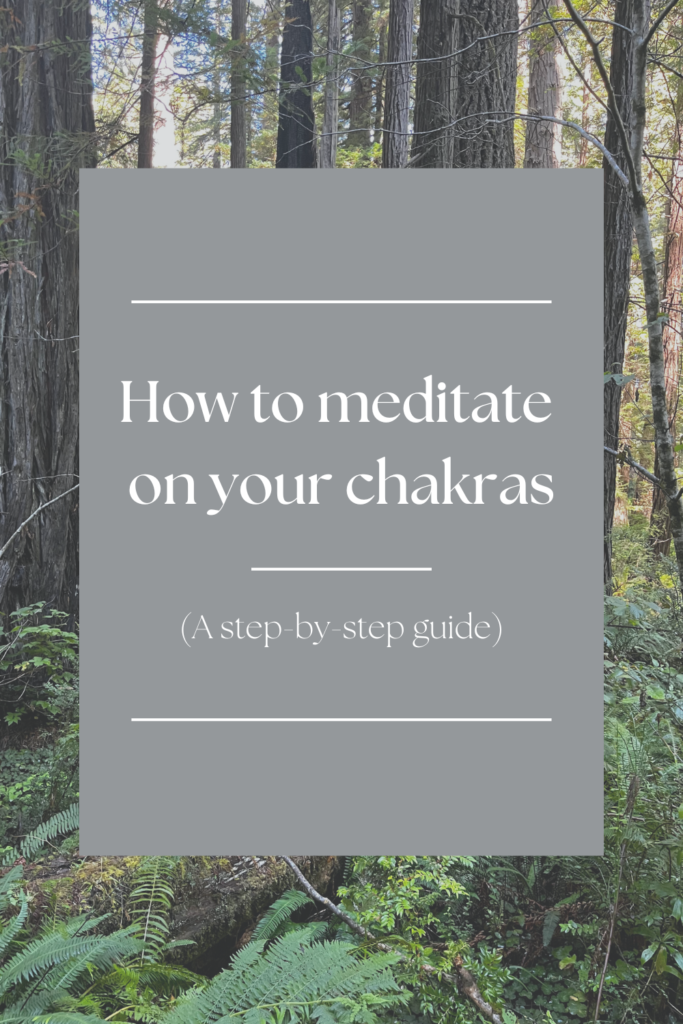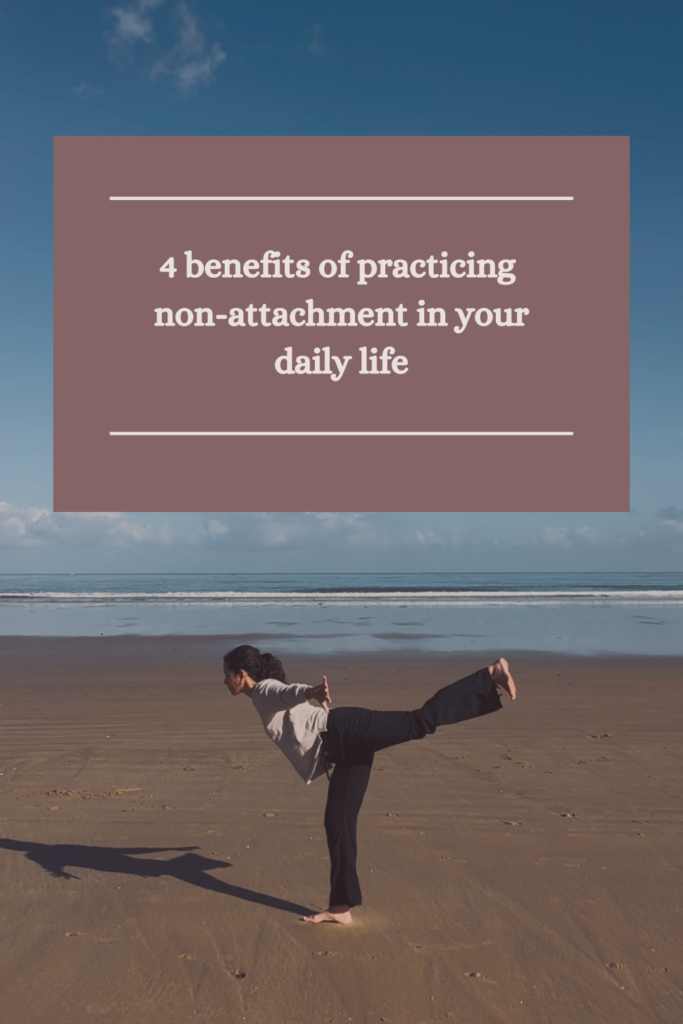“To reflect on which chakras are out of balance, meditate on the energy within your body.” What the heck does that even mean?
It’s not as hard as you might think. Here’s a step-by-step guide self-guided meditation to check on the health of your chakras.
- Take a seat or lay down. When you’re comfortable, start your meditation by giving your full attention to your breath. Focus on the sound and the feeling of your breath in your body.
- When your mind has stilled and you’re fully experiencing the breath, turn your attention to the area of the body of whichever chakra you want to focus on. (Click here to access my short guide to the chakras!)
- Focus on the feelings you experience in this section of the body. Maybe it feels like you have butterflies in this area, or it feels really heavy, or it doesn’t feel like much of anything. Take a mental note of whatever experience you’re having.
- Either move onto another chakra and repeat step 3, or conclude your meditation.*
*I find it can be helpful to assess multiple chakras in one sitting, because that way I can compare the feelings I receive from each one.
Once you’re finished, you’ll have an idea about the state of each of your chakras, and you’ll be able to figure out what you need to do in order to bring that chakra into balance. If you don’t know where to start, take a look at the practices in my free guide to the chakras!


